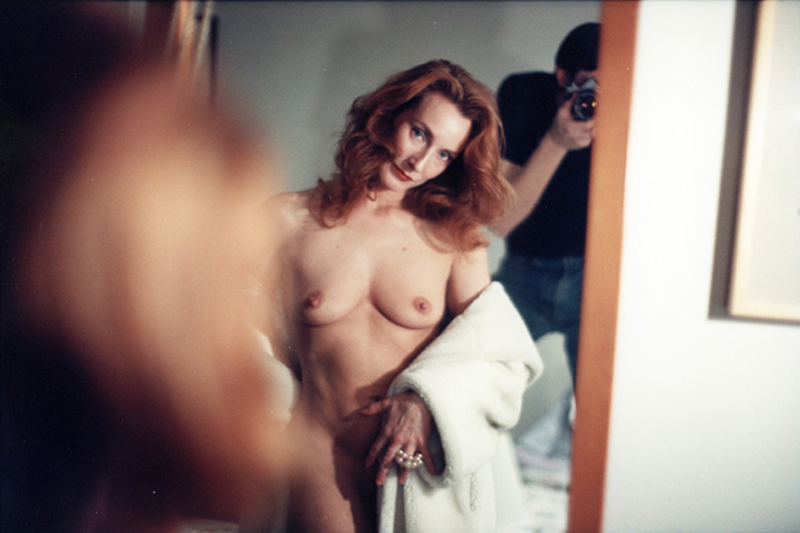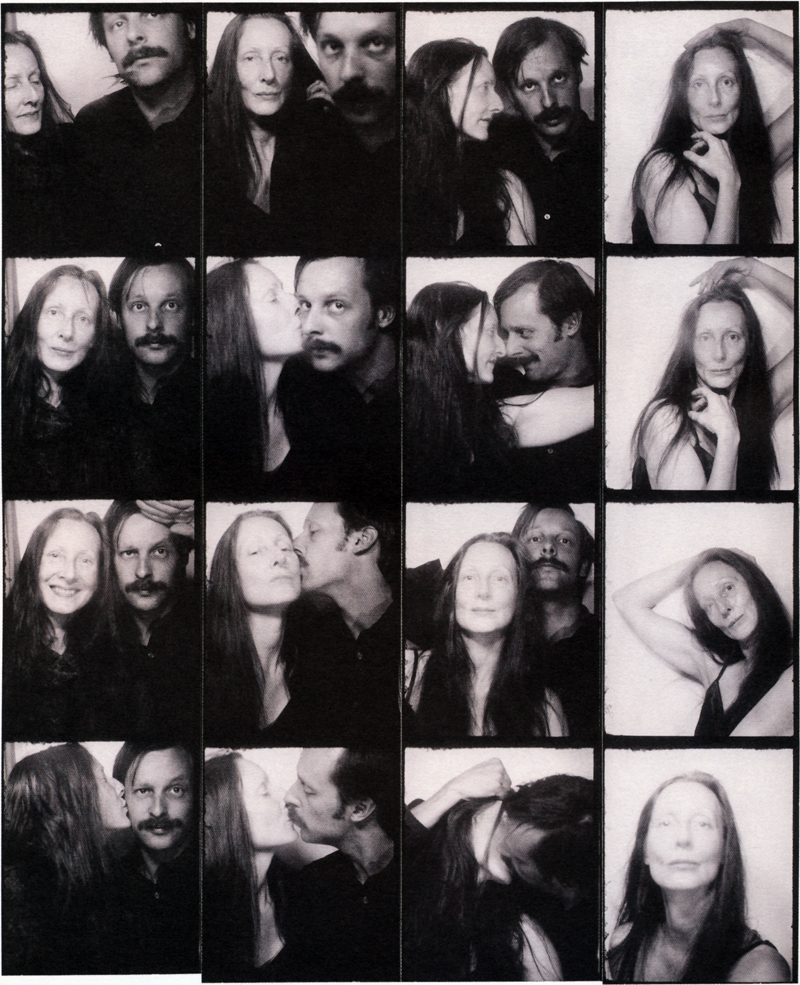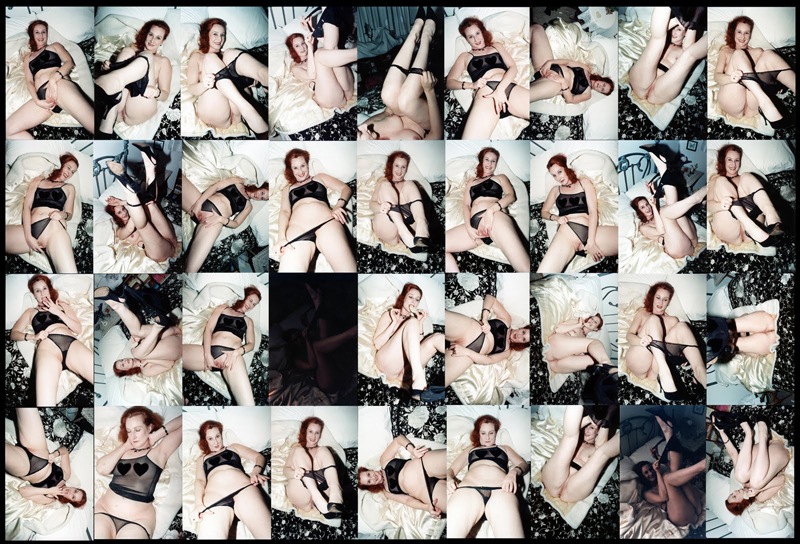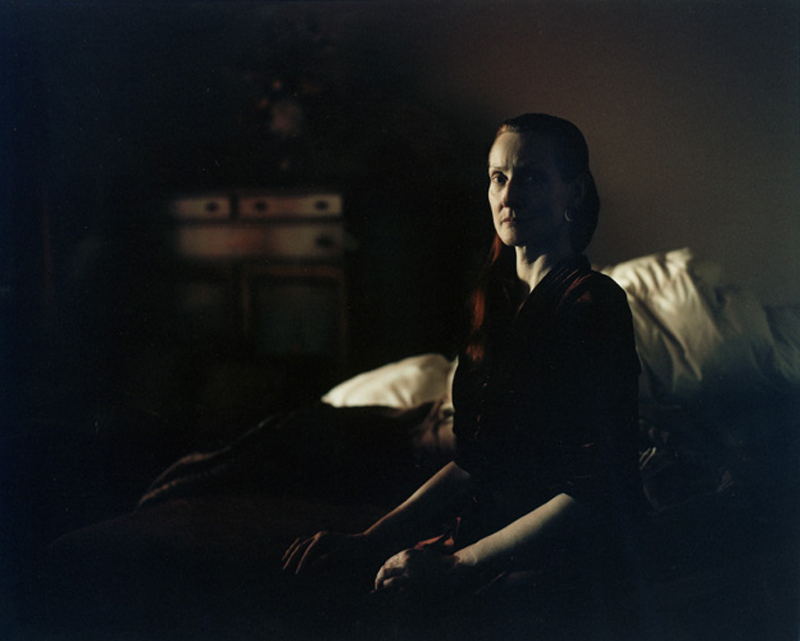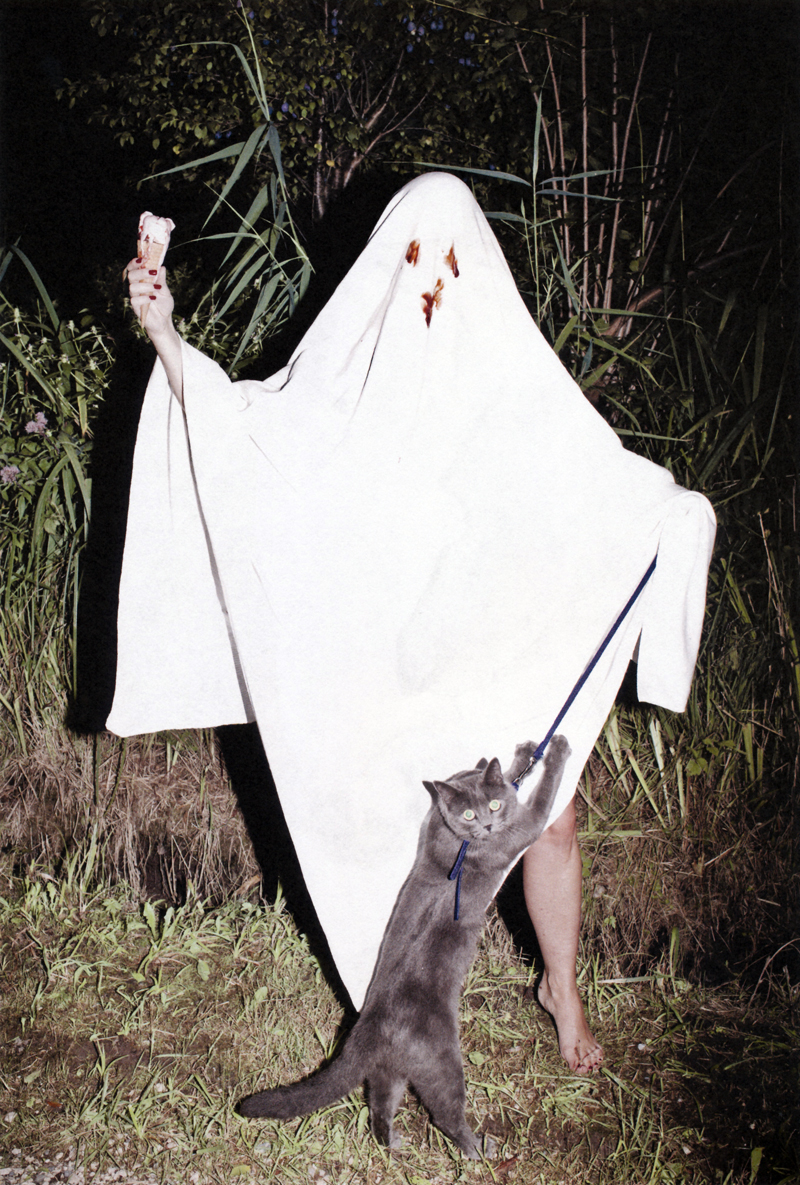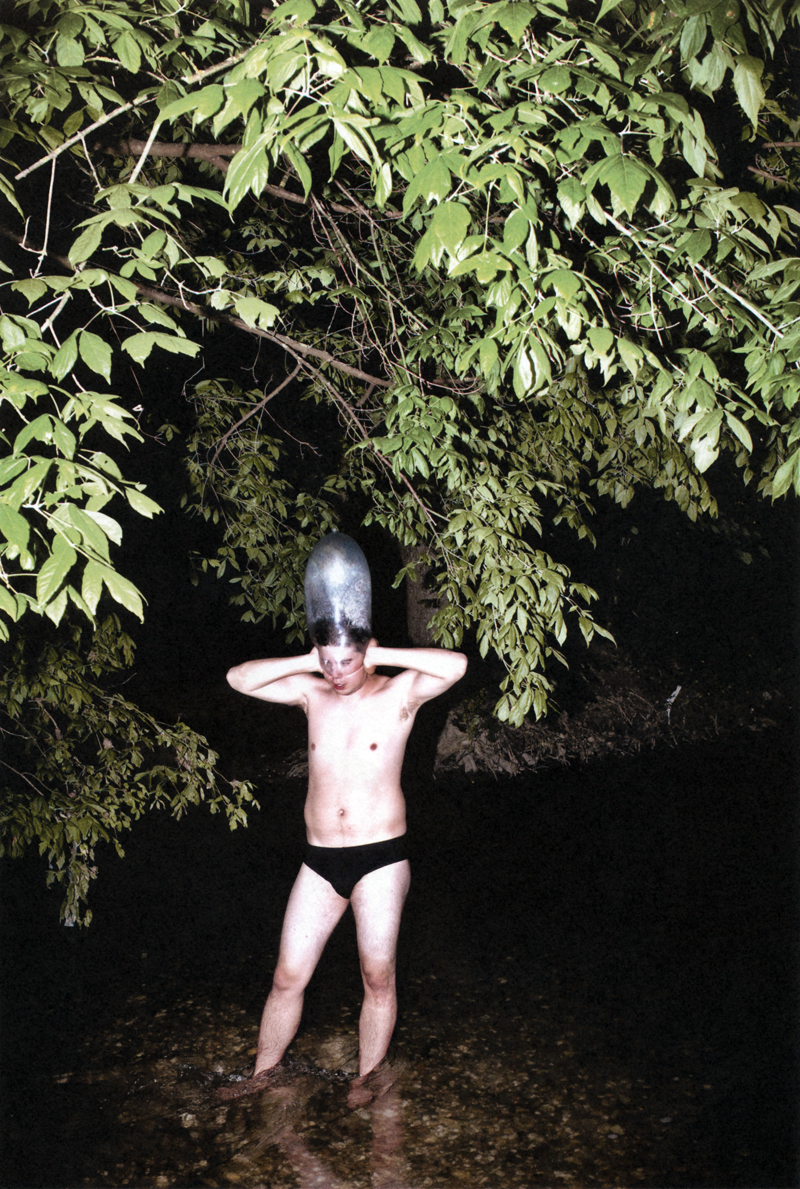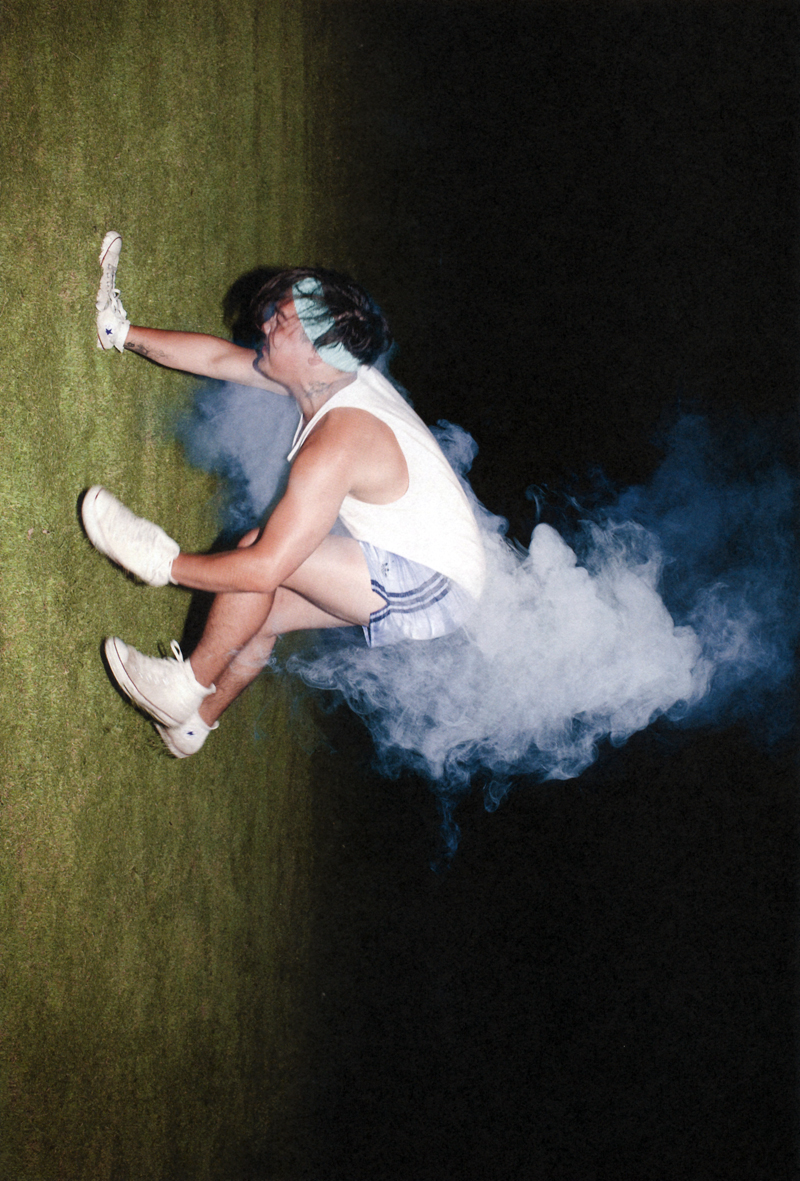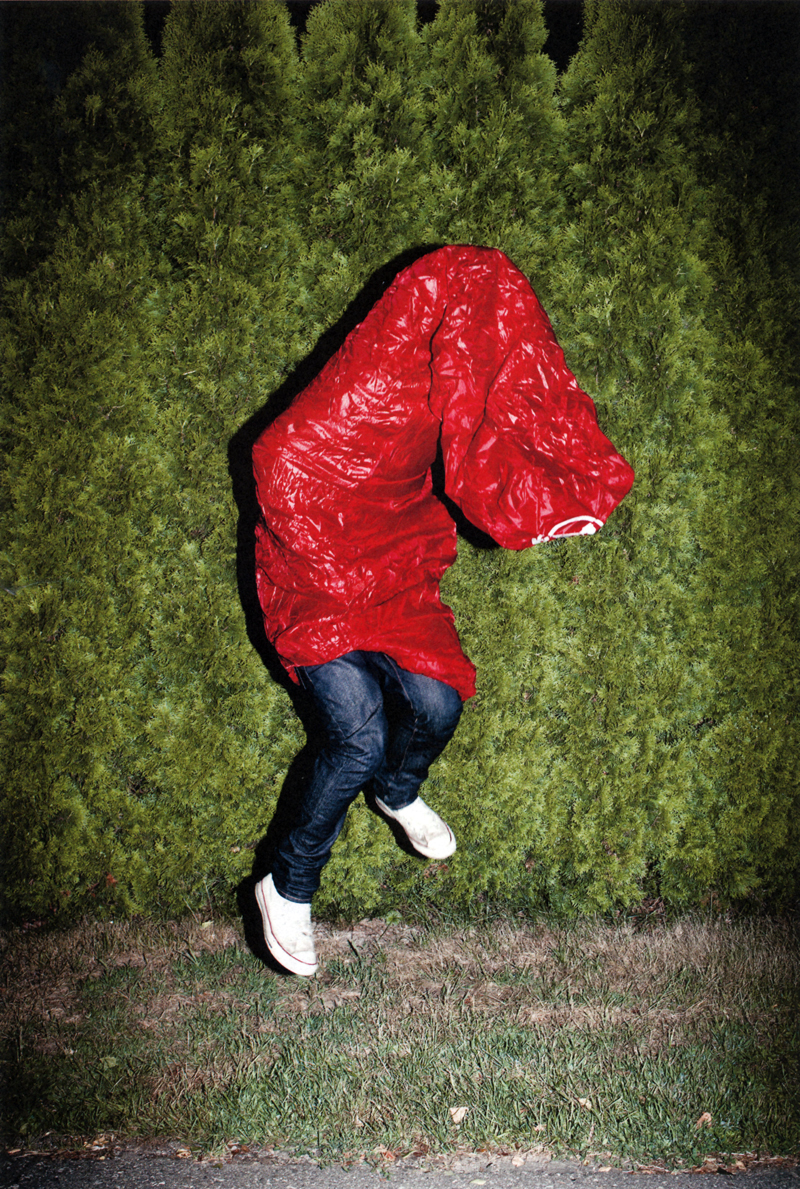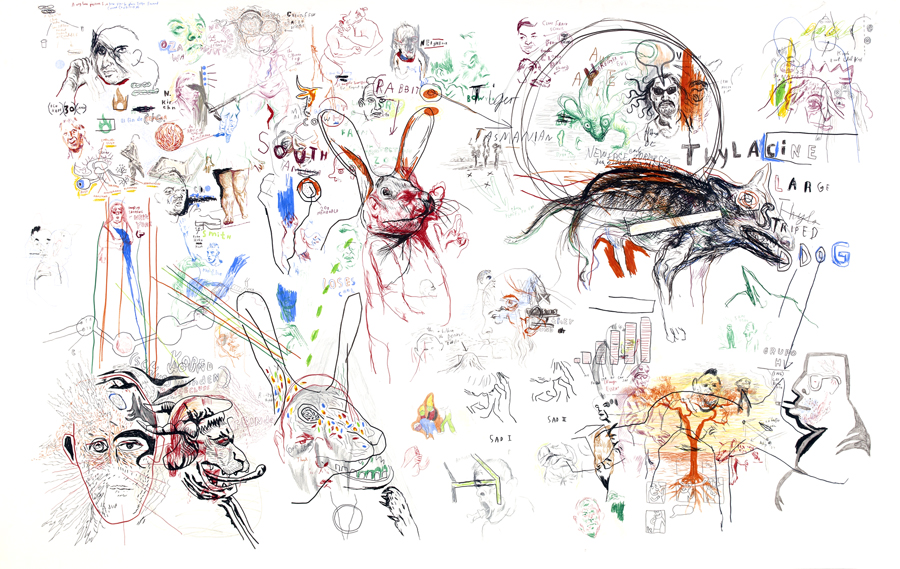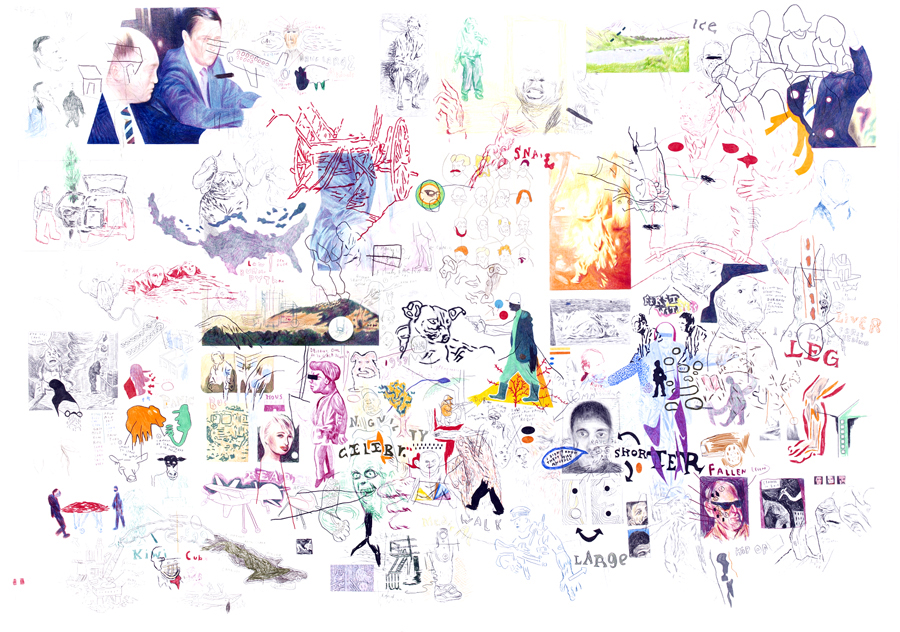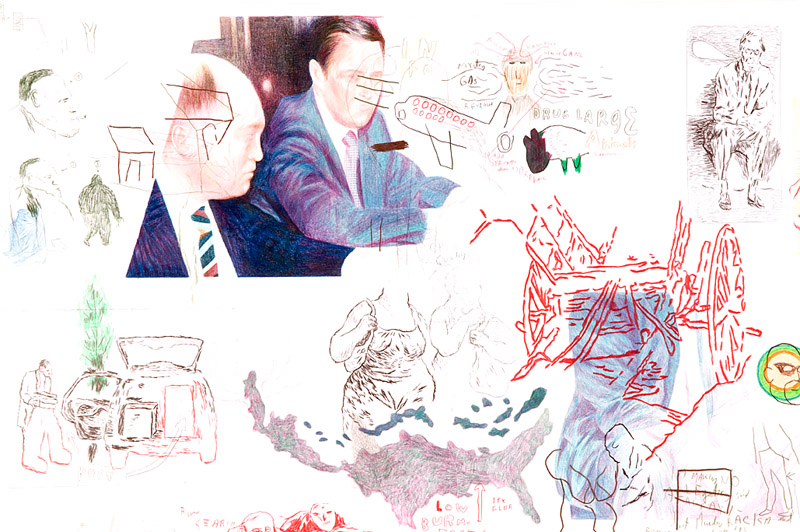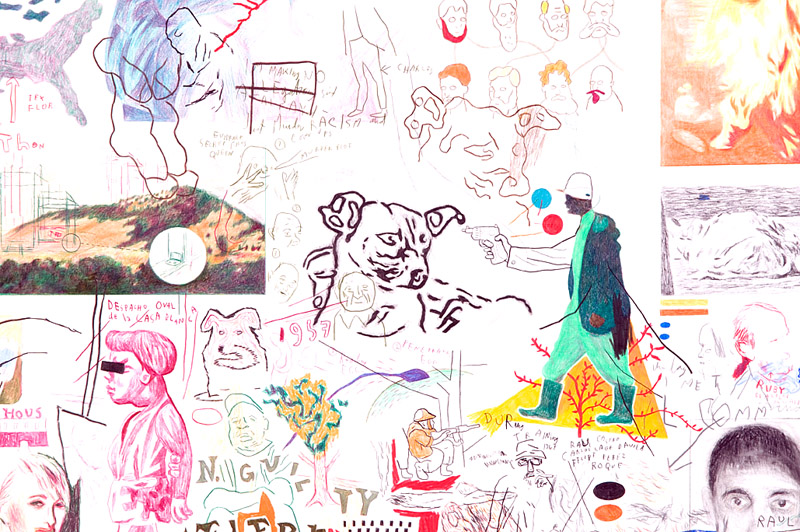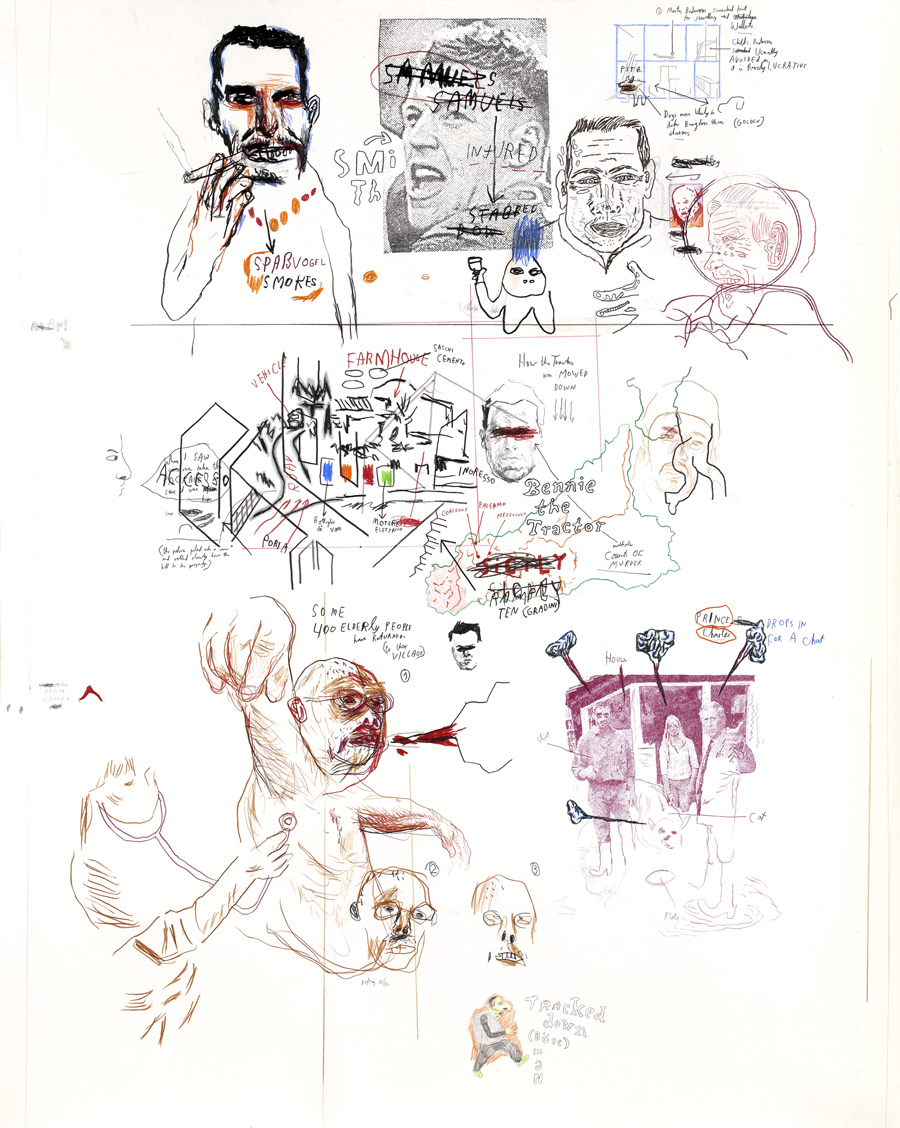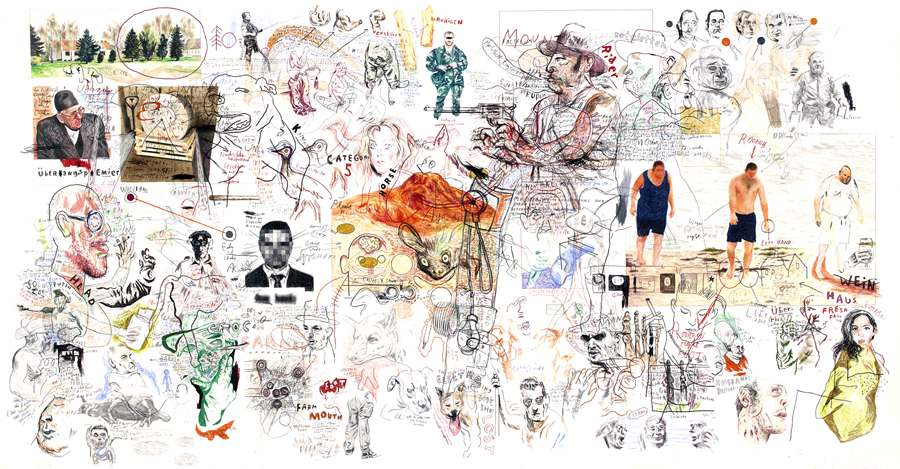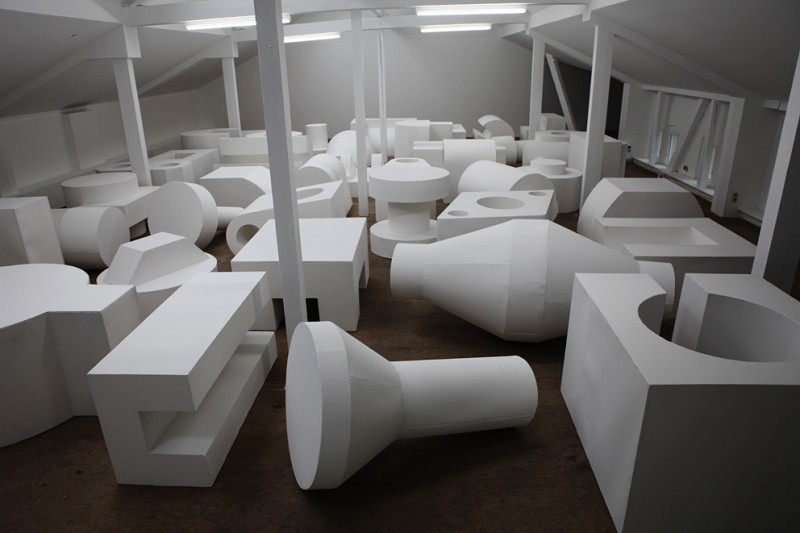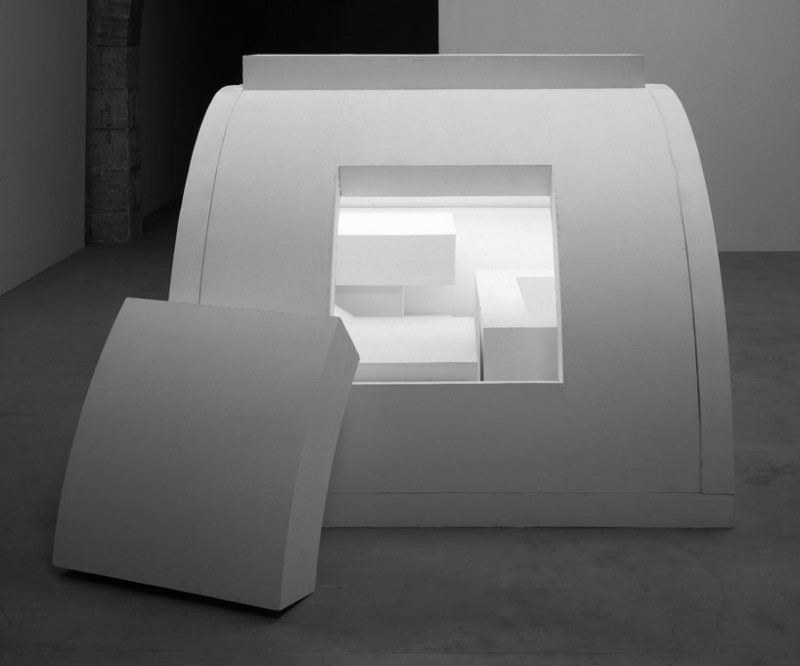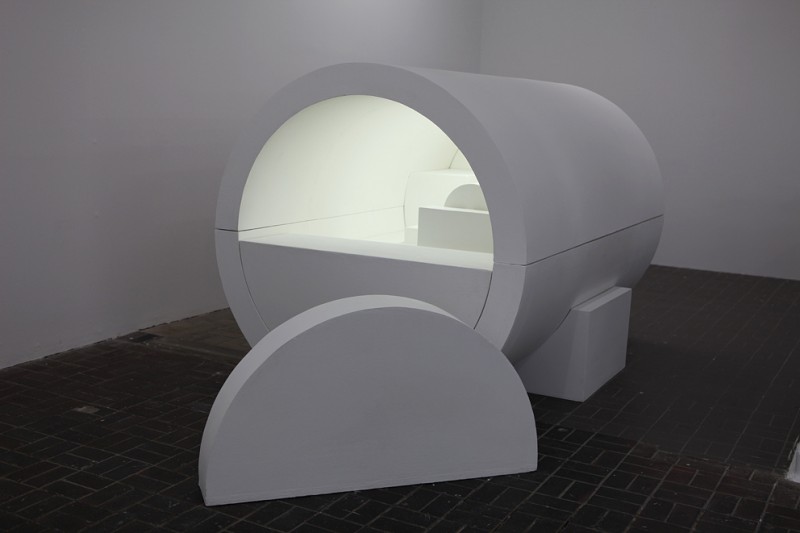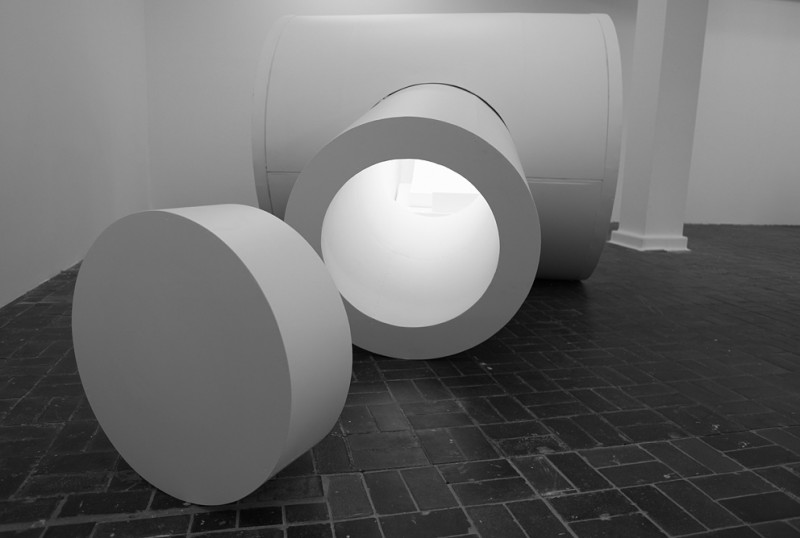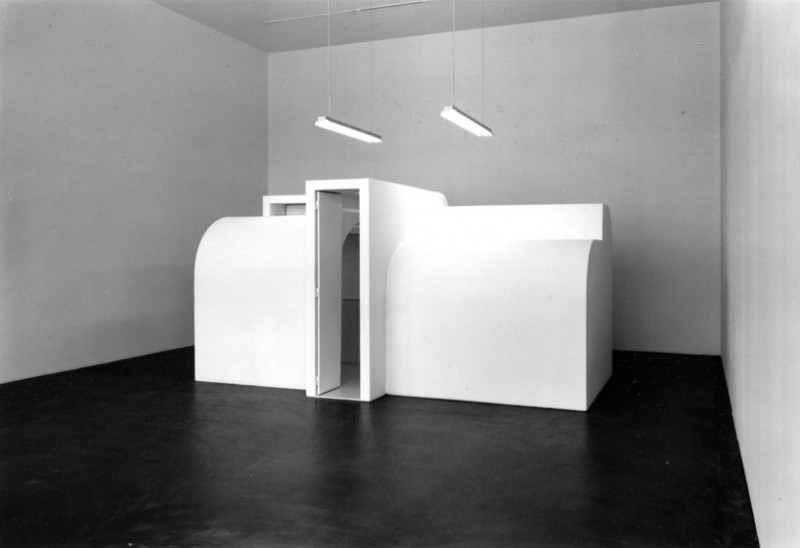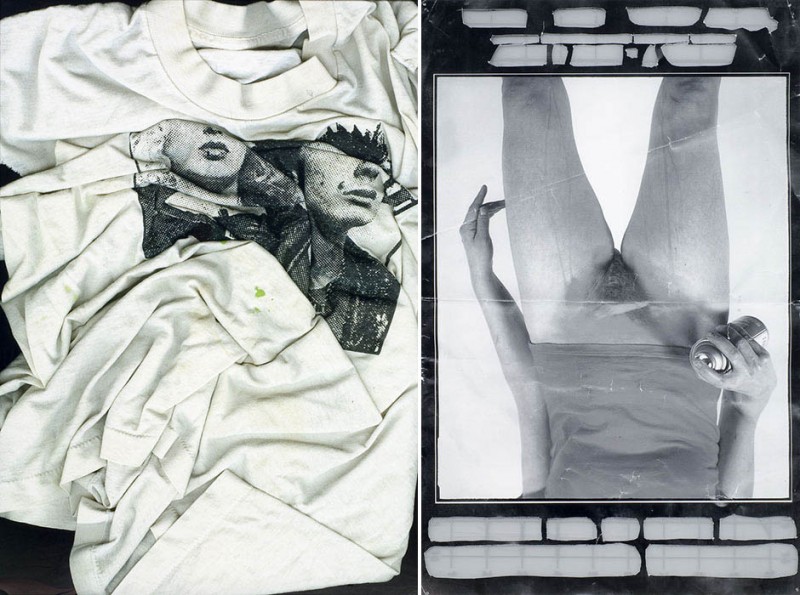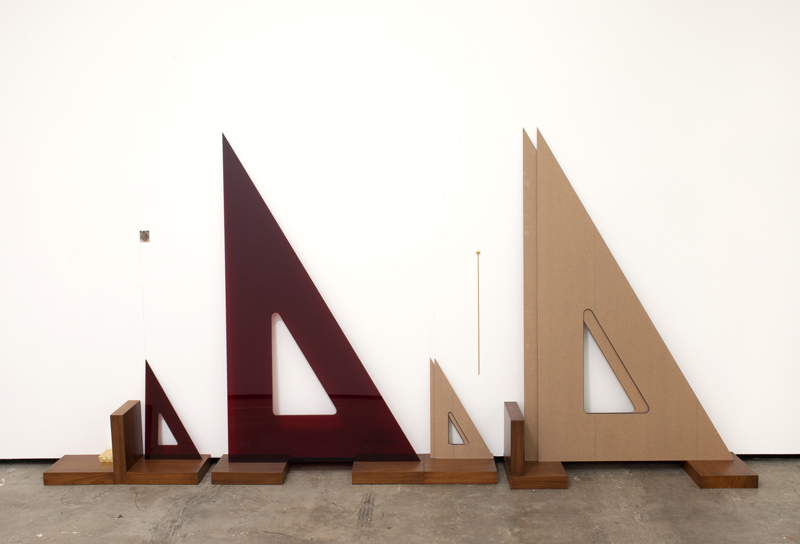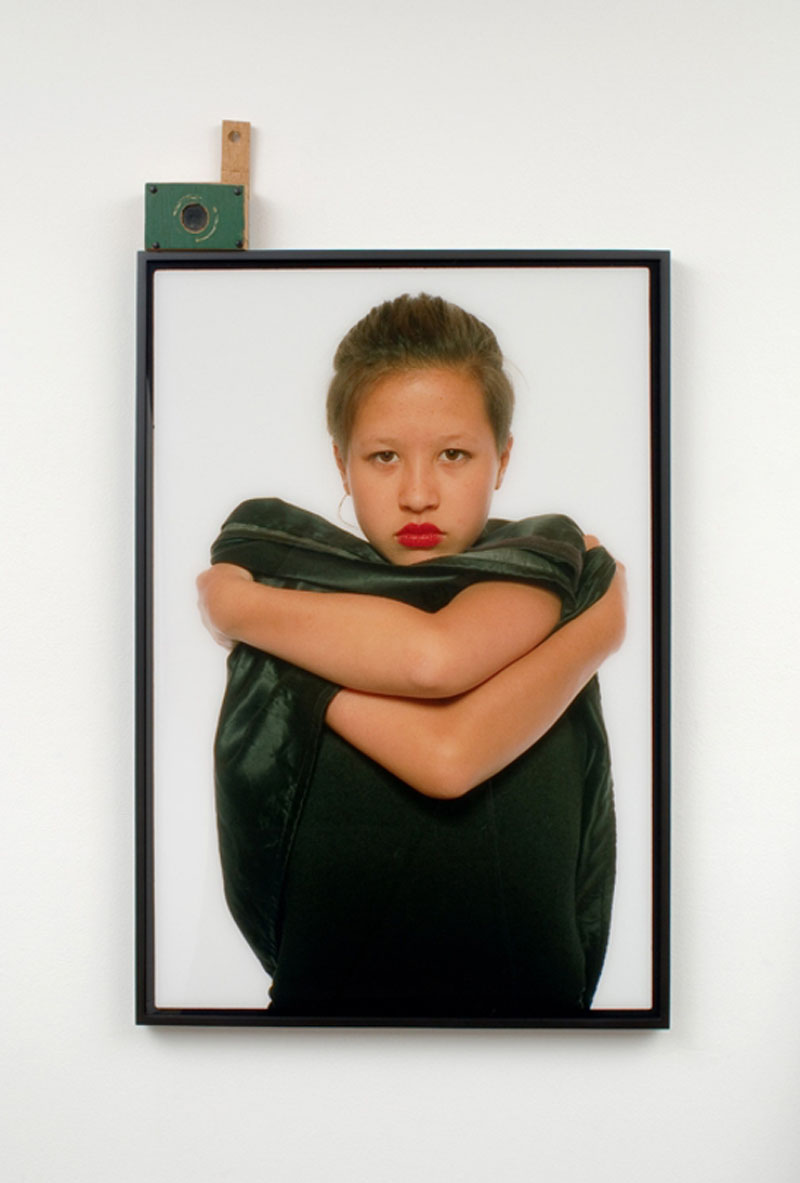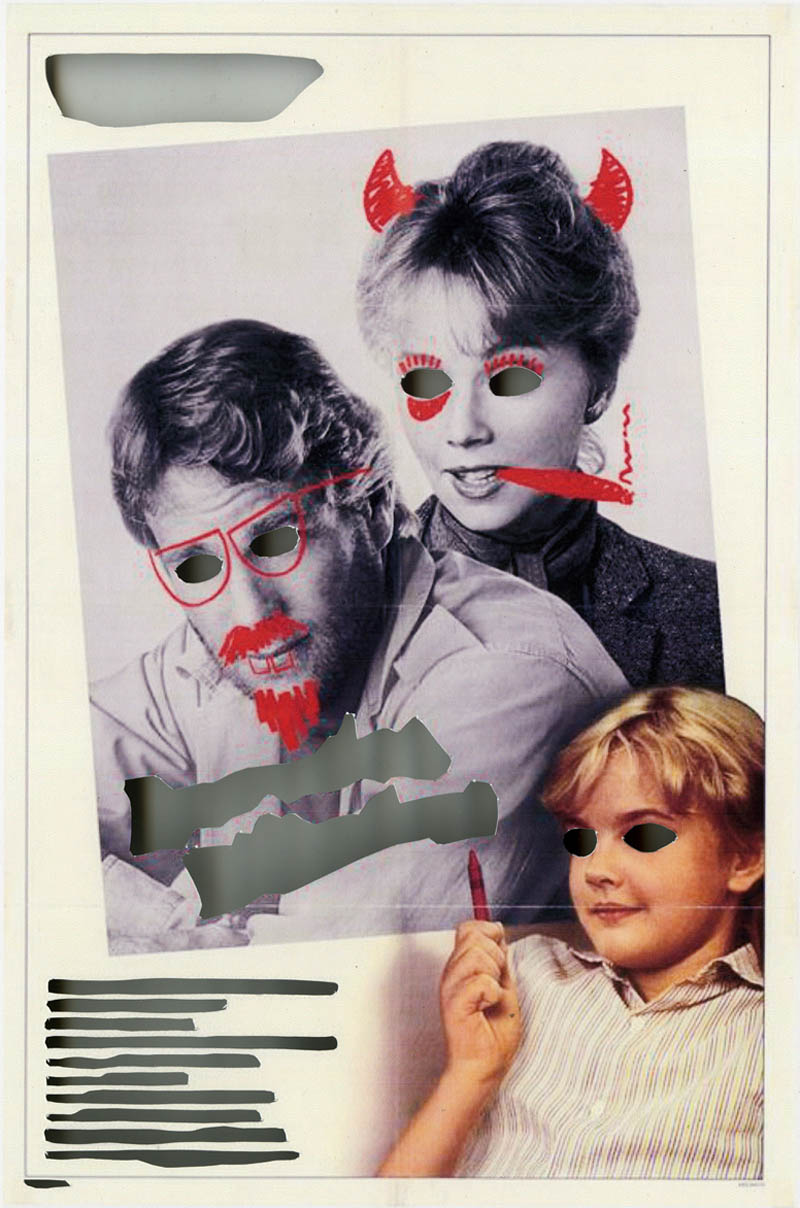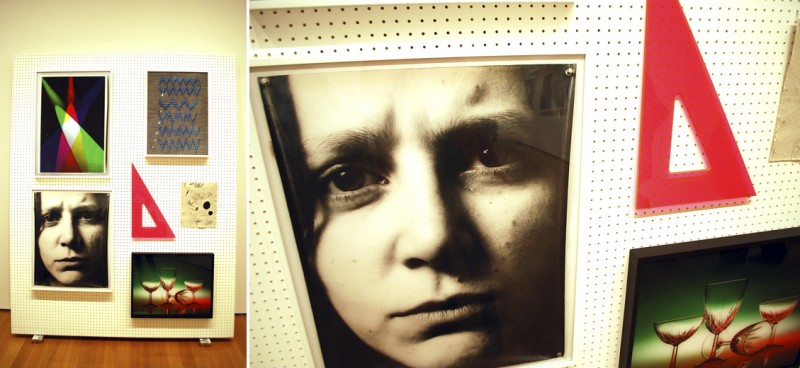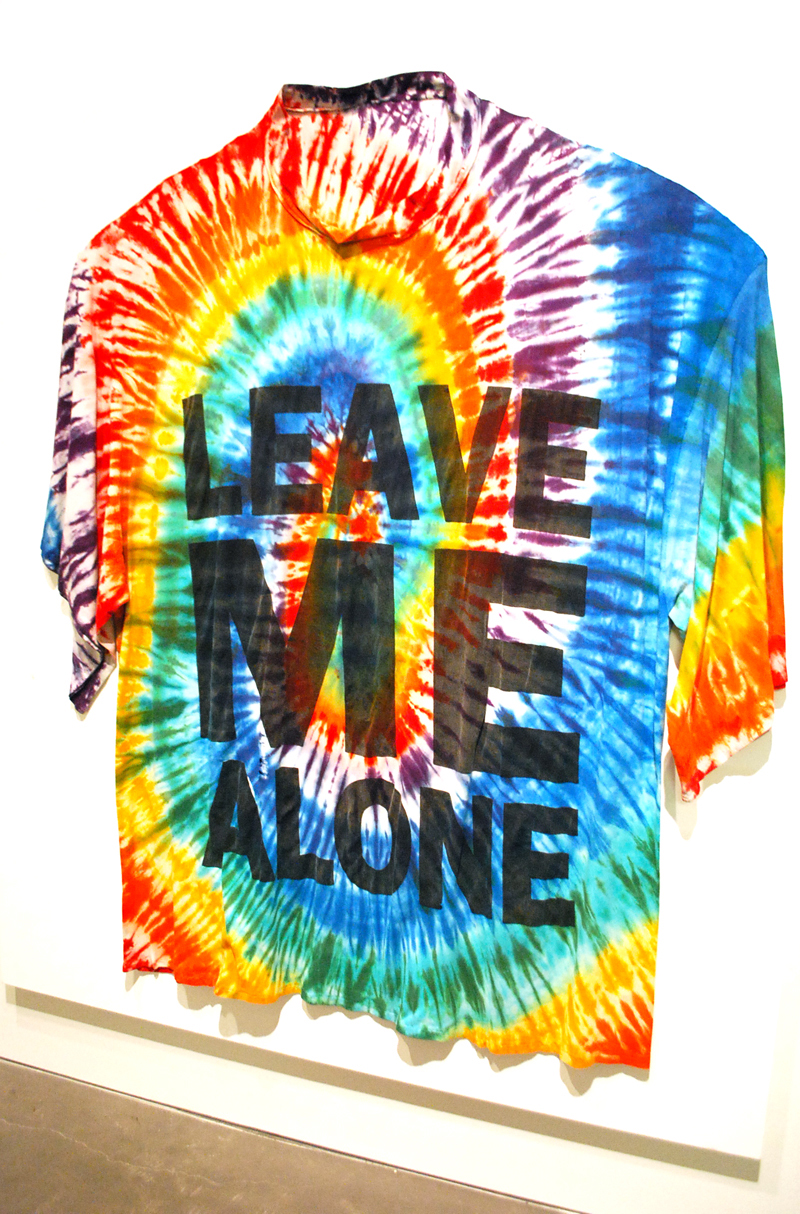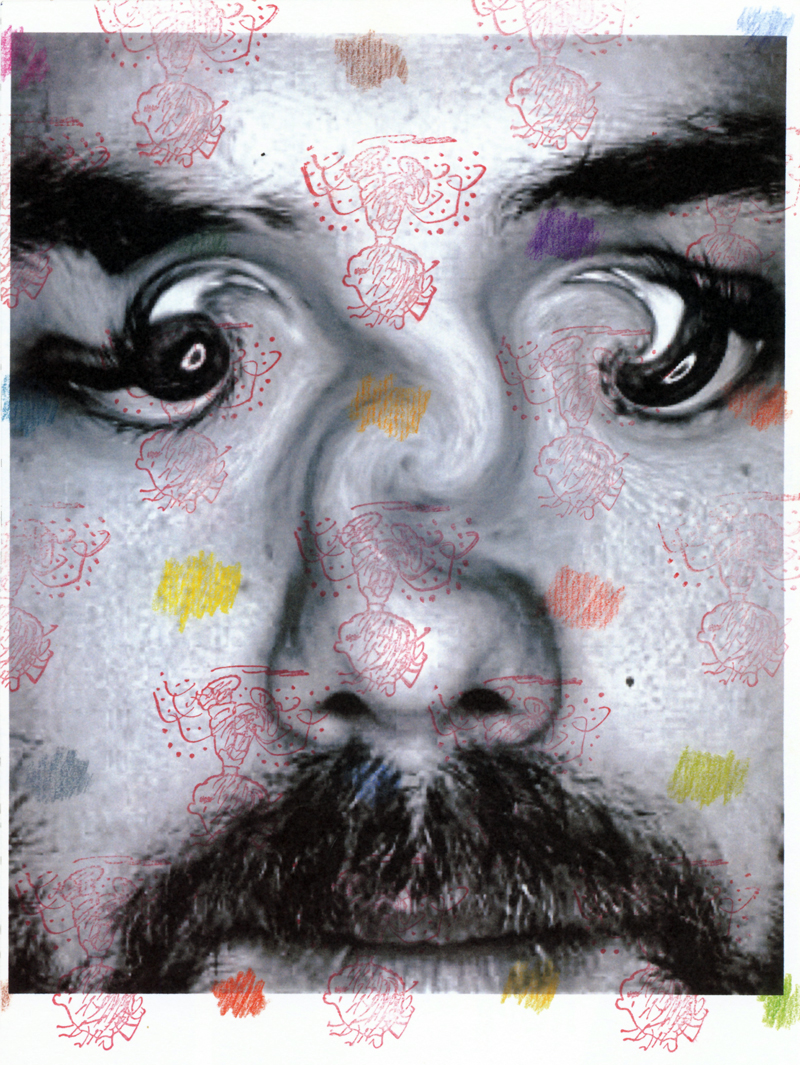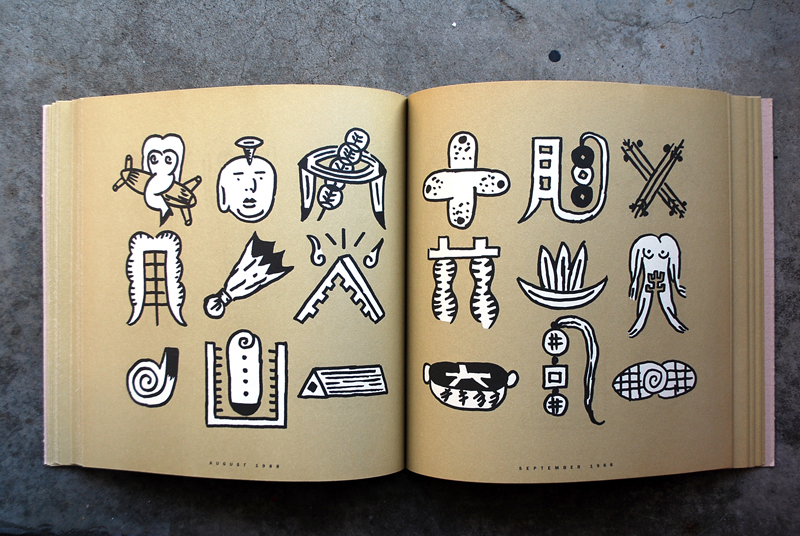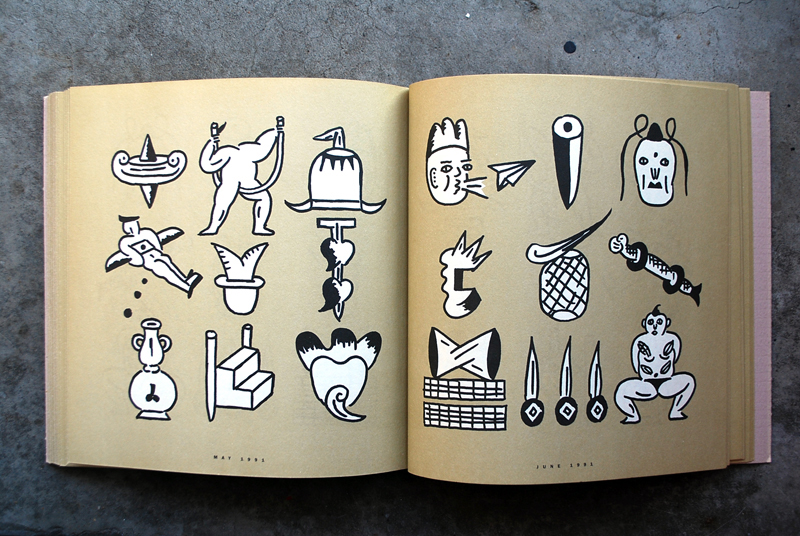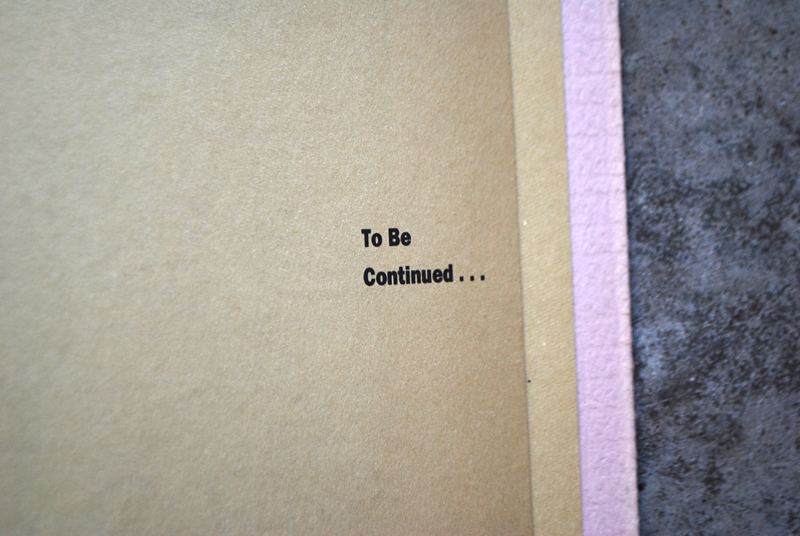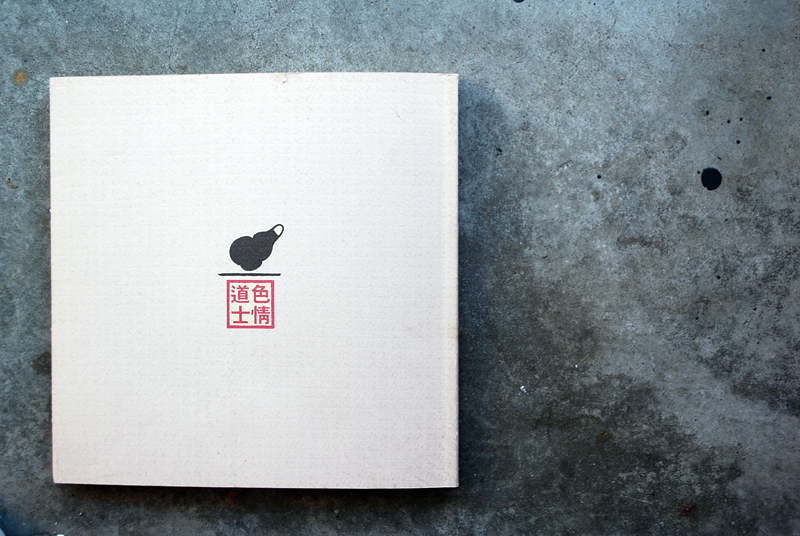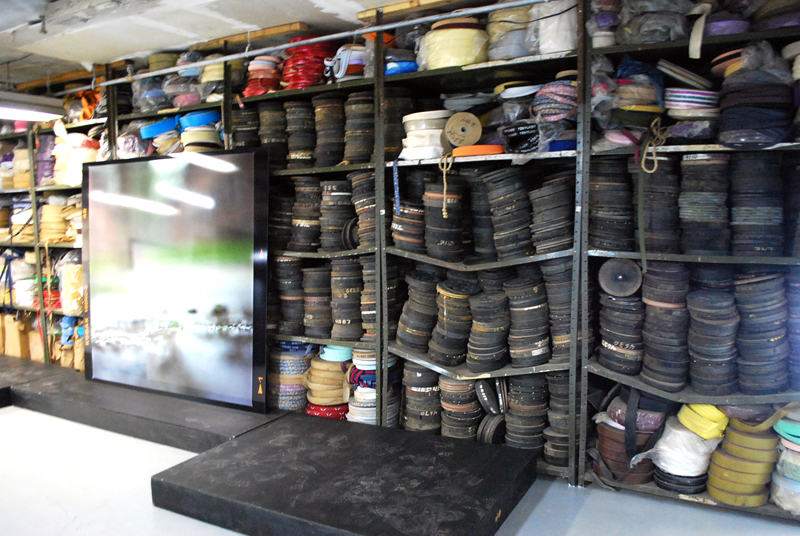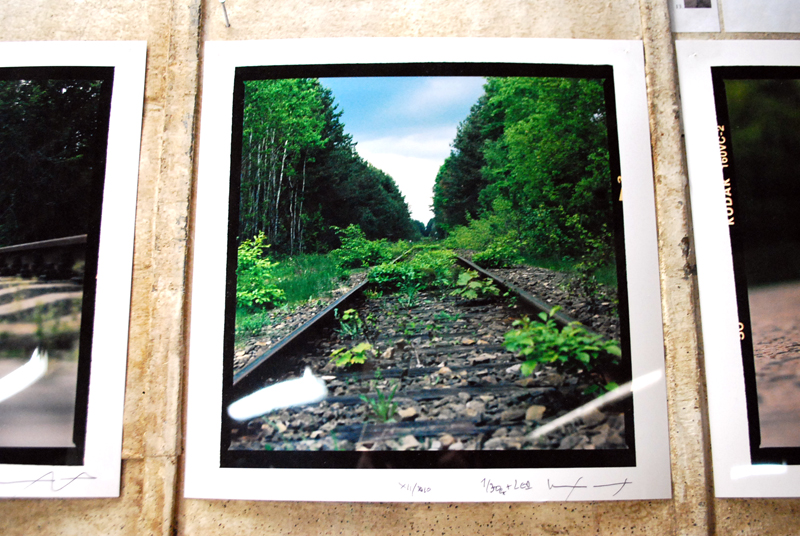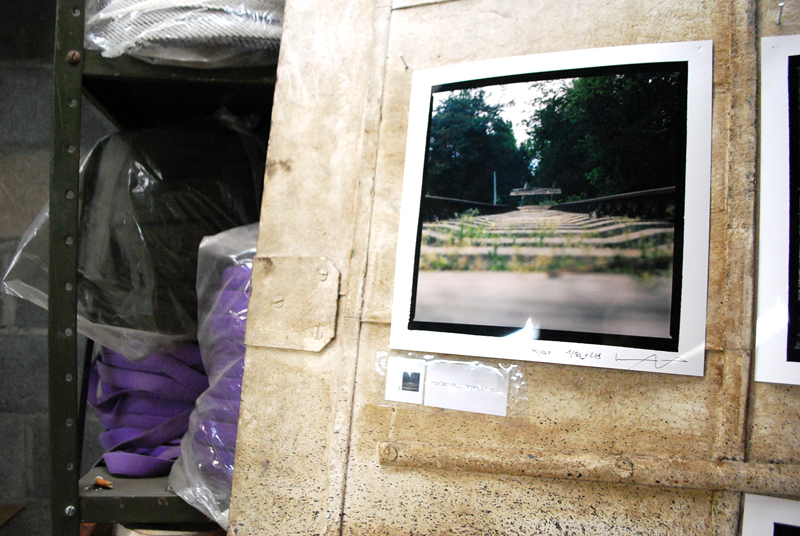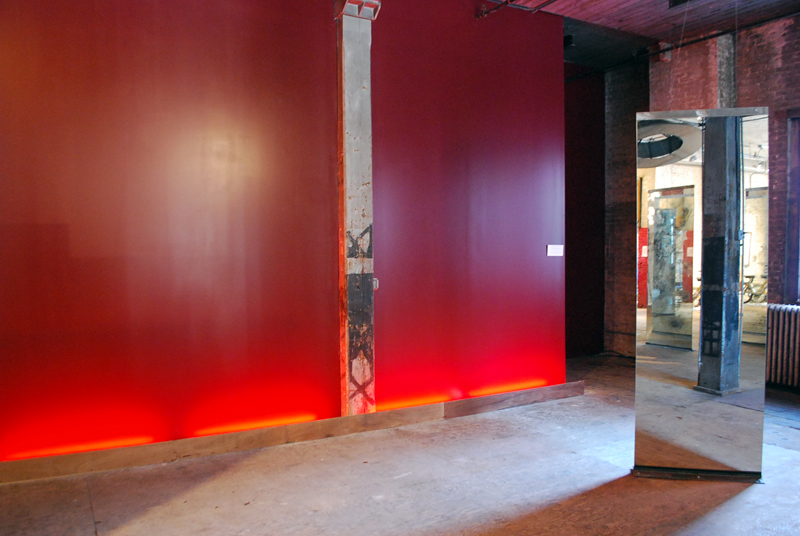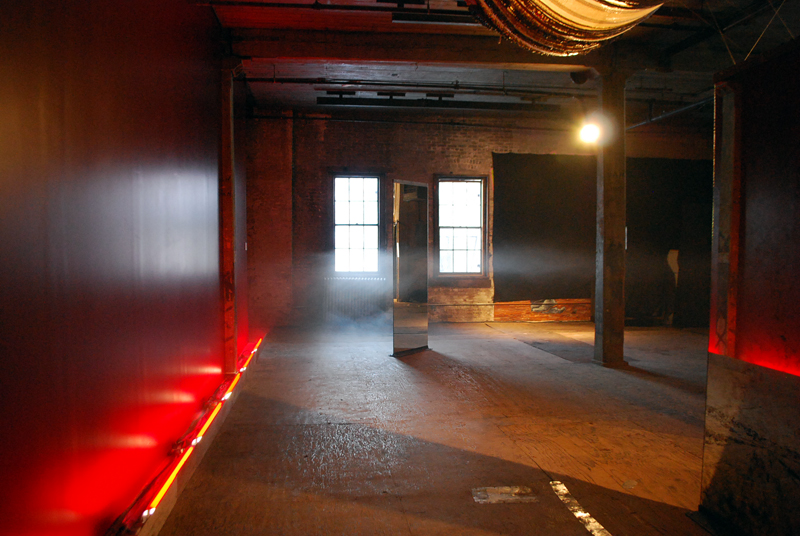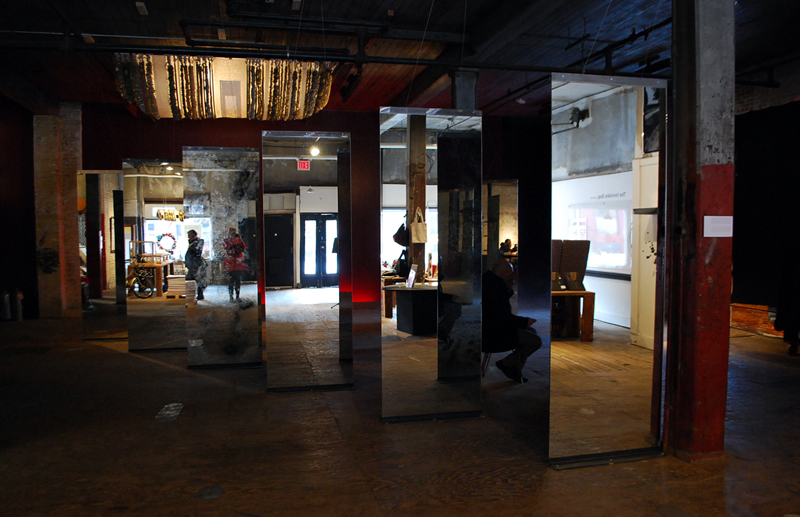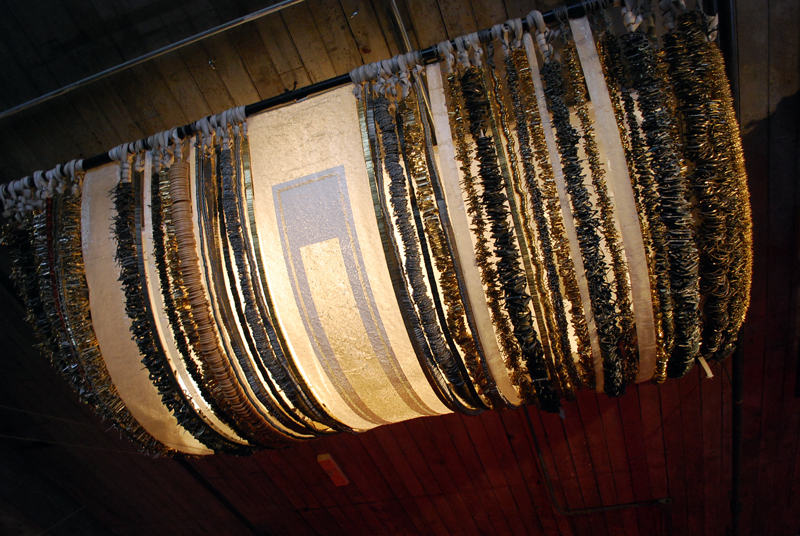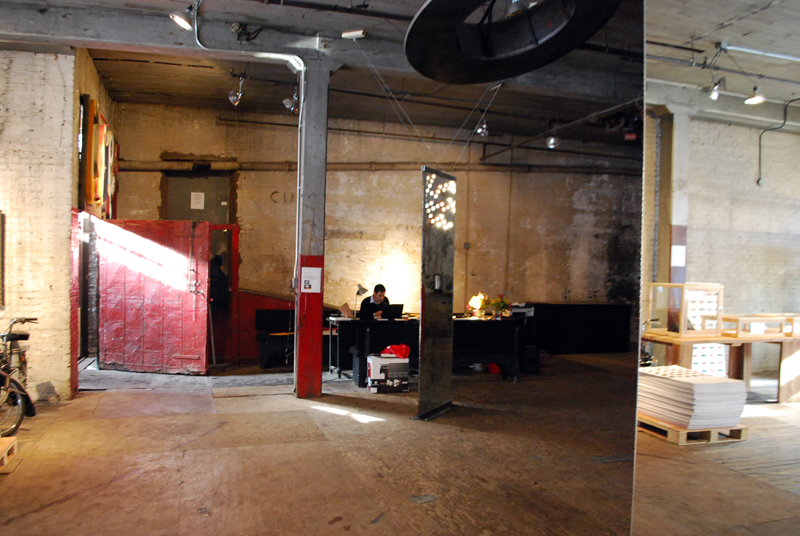Leigh Ledare
“Let the Good Times Roll. 1 Blond, 53 yrs old, curvey, buxom, slim, clean,petite. No diseases or drugs. Seeking healthy, honest, reliable, financially secure younger man for discreet sensual fun. Ext#1084”. 2008
–
Mom with Wrist Brace. 2008. C-print. 38″ x 30″. edition of 5
–
–
–
Mom and Me in Thrift Store. 2005
–
Mom and me in the mirror. 2002
–
Girls I Wanted To Do. 2002
–
Me and Mom in Photobooth. 2007
–
Untitled (Entire Roll). 36 mounted C-print. 52″ x 81″
–
Mom in New Home. 2006. C-print. 32″ x 40″. edition of 5
–
“Pretend you’re Actually Alive” (2008) is a chronicle by artist LEIGH LEDARE, about his unusually intimate relationship with his mother, which features photographs of her in the buff or with her young lovers and written anecdotes.
Using the format of a journal, he invites the viewer to bear witness to his private life and more particularly to his complex intimacy with his mother, a highly sexualised persona and a former professional ballerina who turned stripper.
The first impact is brutal and immediate, prompting an immediate head-shaking refusal to accept the troubling and explicit content, coupled with a slow-burning realisation that despite this impossible material, the rhetorical presentation of the material was precisely calculated and incredibly sophisticated. It is the ability to achieve this impossible equilibrium between form, (or rhetorical address), and content, that marks Ledare out as one of the most engaging and original artists working with photography at the moment. And this intellectual tactical facility with framing and presenting material of intense emotional. – by SIMON BAKER
LEIGH LEDARE lives and works in New York City. He received his MFA from Columbia University in 2008. Working primarily in photography and video, his work takes up an investigation of how we are formed as subjects, not merely at the level of identity but at the level of our projected desires, motivations and aspirations. His last project “Double Bind” has been presented at Arles in 2010 and has been acclaimed.
Stay tuned!




